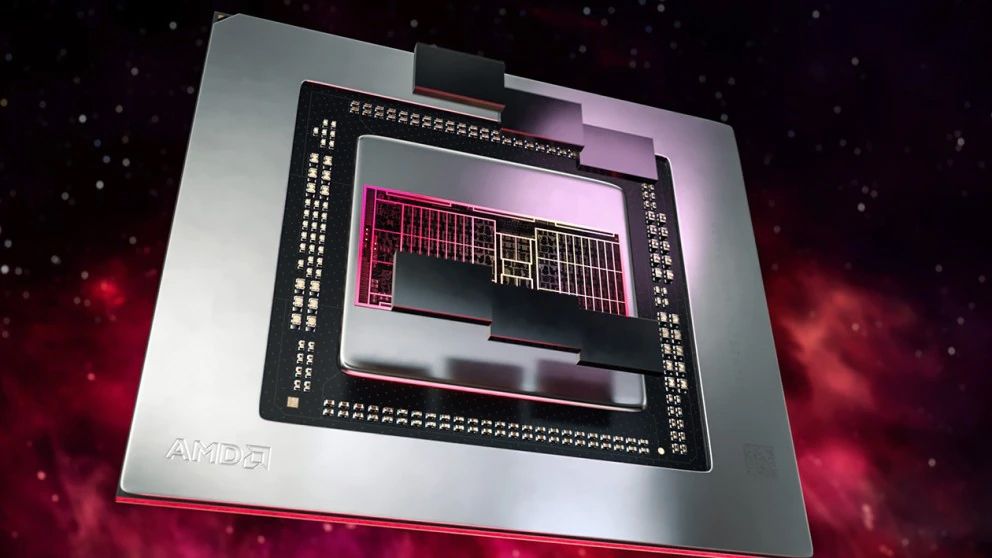I'm sorry, but I'm looking at that and just thinking... console gaming is literally devolving (or evolving depending on your viewpoint) into PC gaming right before our eyes.
What a bunch of BS. We essentially have a low tier console sku (Series S) mid tier console skus (PS5, Series X) and a high tier sku (PS5 Pro) and between all of them you have games with limitations depending on which device you play them on.. modes which work on some which don't on others, support for some graphics effects on some but not others and so on. They're literally shoving all this shit down people's throats and it's going to backfire on them.. because eventually it will become so messy, and people will get so accustomed to being able to tailor graphics and effects to how they want, to get the performance they want from the device they bought... that they might as well have just bought a PC.
They're slowly but surely pushing people who used to swear up and down that the benefits of the console were the pick up and play, no BS about having to fiddle with settings, to become accustomed to it... and when they do, it loses its distinction.
PCs are infinitely more varied and complex than a handful of console SKUs though. Windows itself is a headache then you’ve got to deal with all the IHV hardware and driver issues. It’s still quite a leap.


